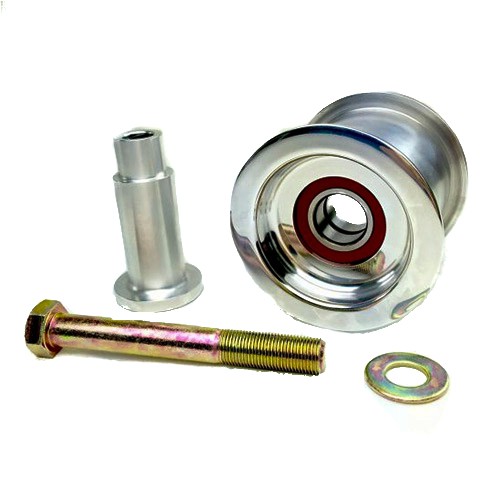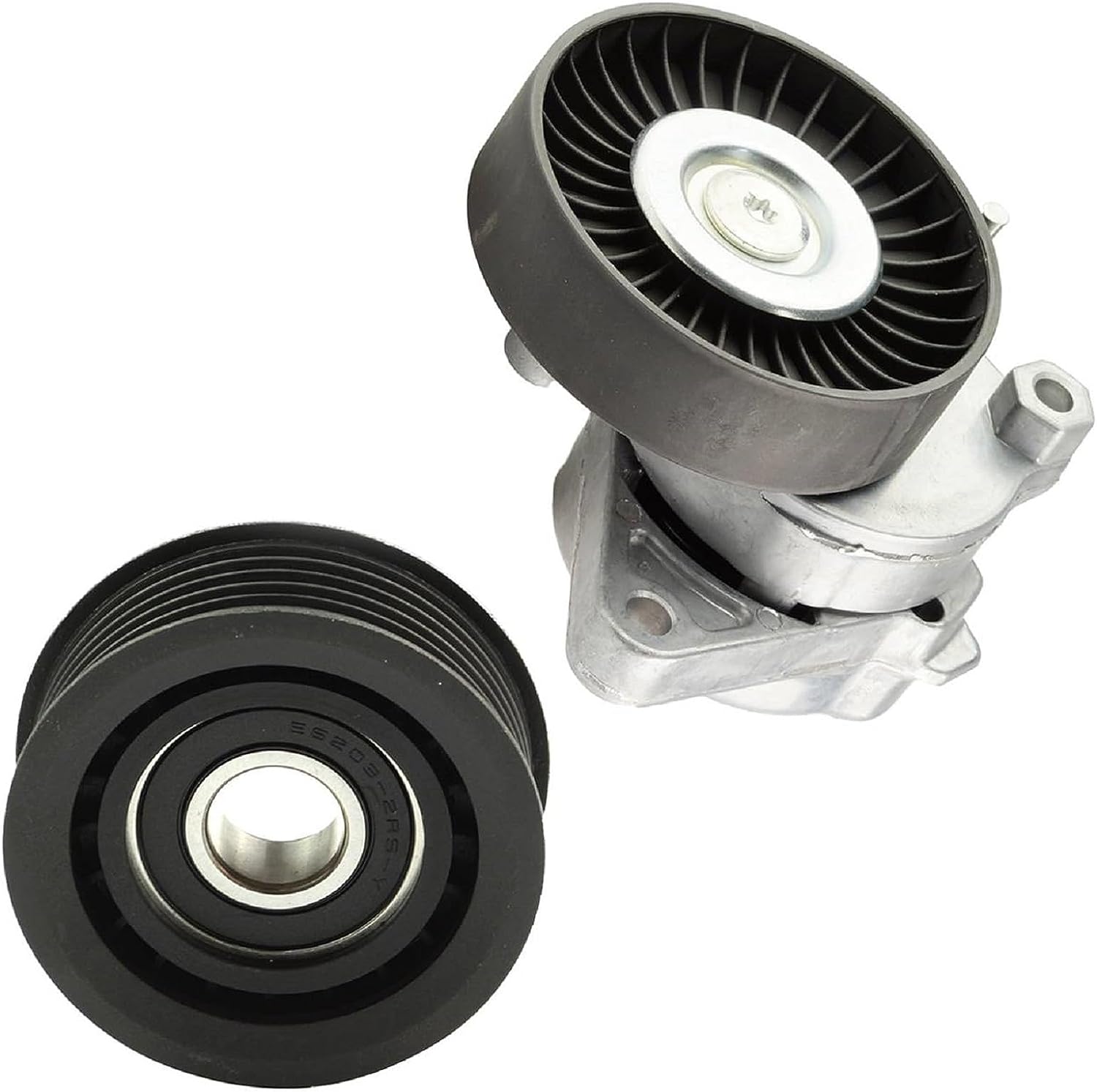Product Description
| MIC NO. | OEM.NO | APPLICATION | YEAR | PHOTO |
| TB34OP8801 | 201129CP CHEVROLET : 96184932 CHEVROLET : 96298799 CHEVROLET : 96435138 CHEVROLET : 96459042 DAEWOO : 96184932 DAEWOO : 96298799 DAEWOO : 96435138 DAEWOO : 96459042 OPEL : 134571 OPEL : 1340541 OPEL : 1340542 OPEL : 1340544 OPEL : 24412292 OPEL : 634571 OPEL : 9 0571 430 OPEL : 90448220 OPEL : 90505719 OPEL : 9 0571 129 SUZUKI : 9516085Z00 |
BUICK SKYLARK 2.4 CADILLAC BLS 2.0 T Flexpower CADILLAC BLS Wagon 2.0 T Flexpower CHEVROLET ALERO 2.4 16V CHEVROLET CAPTIVA (C100, C140) 2.4 CHEVROLET EPICA (KL1_) 2.0 CHEVROLET EVHangZhou 2.0 CHEVROLET LACETTI (J200) 1.8 CHEVROLET NUBIRA Estate 1.8 CHEVROLET NUBIRA Saloon 1.8 CHEVROLET REZZO MPV (U100) 2.0 CHEVROLET ZAFIRA (F75) 2.0 DAEWOO EVHangZhou (KLAL) 2.0 DAEWOO LEGANZA (KLAV) 2.0 16V DAEWOO NUBIRA (J100) 2.0 16V DAEWOO NUBIRA Saloon (J100) 2.0 16V DAEWOO NUBIRA Saloon (J200) 1.8 DAEWOO NUBIRA Wagon (J100) 1.6 16V DAEWOO NUBIRA Wagon (J200) 1.8 DAEWOO REZZO (U100) 2.0 LADA 110 (2110) 2.0 i (21106) LOTUS EUROPA S 2.0 Turbo OPEL ANTARA (L07) 2.4 OPEL ASTRA F (T92) 1.4 (F19, M19) OPEL ASTRA F (T92) 1.6 (F19, M19) OPEL ASTRA F (T92) 1.8 i (F19, M19) OPEL ASTRA F (T92) 2.0 i (F19, M19) OPEL ASTRA F (T92) 2.0 i 16V (F19, M19) OPEL ASTRA F CLASSIC Estate (T92) 1.6 i 16V (F35, M35) OPEL ASTRA F CLASSIC Hatchback (T92) 1.6 i 16V (F08, M08, F68, M68) OPEL ASTRA F CLASSIC Saloon (T92) 1.6 i 16V (F19, M19) OPEL ASTRA F Convertible (T92) 1.4 i 16V OPEL ASTRA F Convertible (T92) 1.6 i OPEL ASTRA F Convertible (T92) 1.8 i 16V OPEL ASTRA F Convertible (T92) 2.0 i OPEL ASTRA F Estate (T92) 1.4 (F35, M35) OPEL ASTRA F Estate (T92) 1.6 (F35, M35) OPEL ASTRA F Estate (T92) 1.8 i (F35, M35) OPEL ASTRA F Estate (T92) 2.0 i (F35, M35) OPEL ASTRA F Hatchback (T92) 1.4 (F08, M08, F68, M68) OPEL ASTRA F Hatchback (T92) 1.6 (F08, M08, F68, M68) OPEL ASTRA F Hatchback (T92) 1.8 i (F08, M08, F68, M68) OPEL ASTRA F Hatchback (T92) 2.0 GSI 16V (F08, M08, F68, M68) OPEL ASTRA F Van (T92) 1.6 i (F70) OPEL ASTRA G Convertible (T98) 2.0 16V Turbo (F67) OPEL ASTRA G Estate (T98) 2.0 16V (F35) OPEL ASTRA G Hatchback (T98) 2.0 16V (F08, F48) OPEL ASTRA G Saloon (T98) 2.0 16V (F69) OPEL ASTRA H (A04) 2.0 Turbo (L48) OPEL ASTRA H Estate (A04) 2.0 Turbo (L35) OPEL ASTRA H GTC (A04) 2.0 Turbo (L08) OPEL ASTRA H TwinTop (A04) 2.0 Turbo (L67) OPEL CALIBRA A (C89) 2.0 i (M07) OPEL COMBO (71_) 1.4 OPEL CORSA B (S93) 1.4 i (F08, F68, M68) OPEL CORSA B (S93) 1.6 GSI 16V (F08, F68, M68) OPEL CORSA B Box (S93) 1.4 i (F08, W5L) OPEL FRONTERA A (U92) 2.2 i (54MWL4) OPEL FRONTERA A Sport (U92) 2.0 i (52SUD2, 55SUD2) OPEL FRONTERA B (U99) 2.2 i (6B_ZC, 6B_VF, 6B_66, 6B_76) OPEL OMEGA B (V94) 2.0 (F69, M69, P69) OPEL OMEGA B (V94) 2.2 16V (F69, M69, P69) OPEL OMEGA B Estate (V94) 2.0 (F35, M35, P35) OPEL OMEGA B Estate (V94) 2.2 16V (F35, M35, P35) OPEL SINTRA (APV) 2.2 i 16V (OUN16, Y94) OPEL SPEEDSTER (E01) 2.0 Turbo (R97) OPEL TIGRA (S93) 1.4 16V (F07) OPEL TIGRA (S93) 1.6 16V (F07) OPEL VECTRA A (J89) 1.6 i (F19, M19) OPEL VECTRA A (J89) 1.8 i Cat (F19, M19) OPEL VECTRA A (J89) 2.0 i (F19, M19) OPEL VECTRA A Hatchback (J89) 1.6 i (F68, M68) OPEL VECTRA A Hatchback (J89) 1.8 i (F68, M68) OPEL VECTRA A Hatchback (J89) 2.0 i (F68, M68) OPEL VECTRA B (J96) 1.6 i (F19) OPEL VECTRA B (J96) 1.8 i 16V (F19) OPEL VECTRA B (J96) 2.0 i (F19) OPEL VECTRA B Estate (J96) 1.6 i (F35) OPEL VECTRA B Estate (J96) 1.8 i 16V (F35) OPEL VECTRA B Estate (J96) 2.0 i 16V (F35) OPEL VECTRA B Hatchback (J96) 1.6 i (F68) OPEL VECTRA B Hatchback (J96) 1.8 i 16V (F68) OPEL VECTRA B Hatchback (J96) 2.0 i 16V (F68) OPEL ZAFIRA / ZAFIRA FAMILY B (A05) 2.0 (M75) OPEL ZAFIRA A MPV (T98) 2.0 OPC (F75) |
1995-1999 2007- 2007- 1999-2004 2006- 2005-2006 2005- 2005- 2005-2009 2005-2009 2005- 2001-2012 2002- 2000-2004 1997- 1997- 2003- 2000- 2003- 2001-2004 1996-2000 2006- 2006-2011 1992-1998 1995-1998 1992-1998 1992-1998 1995-1998 1998-2005 1998-2002 1998-2002 1996-2001 1993-1996 1994-2001 1993-1994 1992-1998 1995-1998 1991-1998 1991-1994 1992-1998 1995-1998 1991-1998 1991-1998 1991-1998 2002-2005 1998-2004 1998-2005 1998-2005 2004-2571 2004-2571 2005-2571 2005-2571 1989-1996 1994-2001 1993-2000 1993-2000 1999-2000 1995-1998 1992-1998 1998-2004 1994-2000 1999-2003 1994-1999 1999-2003 1996-1999 2002-2006 1994-2000 1994-1998 1993-1995 1990-1995 1988-1992 1993-1995 1988-1990 1988-1990 1995-2002 2000-2002 1995-2002 1996-2000 1996-2000 1996-2000 1995-2003 1995-2000 1995-2000 2006-2571 2001-2005 |
| After-sales Service: | Online Technical Support |
|---|---|
| Warranty: | One Year |
| Car Make: | BUICK |
| Car Model: | SKYLARK 2.4 |
| MOQ: | 100 PCS |
| Sample: | Available |
| Samples: |
US$ 10/Piece
1 Piece(Min.Order) | |
|---|
| Customization: |
Available
| Customized Request |
|---|

How do you select the right idler pulley configuration for a specific task?
Selecting the appropriate idler pulley configuration for a specific task involves considering several factors. Here are the key steps to guide you in the selection process:
1. Identify System Requirements:
Understand the specific requirements of the task or application. Determine the type of belt or chain being used, the power transmission requirements, the operating conditions (such as temperature, speed, and load), and any specific constraints or limitations.
2. Determine Belt or Chain Type:
Identify the type and specifications of the belt or chain being used in the system. This includes factors such as the belt width, pitch, tooth profile (for timing belts), and chain size. Knowing the characteristics of the belt or chain will help in selecting an idler pulley that is compatible and optimized for that specific type.
3. Consider Pulley Material and Construction:
Select a pulley material that is suitable for the task at hand. Common options include steel, cast iron, aluminum, and various plastics. Consider factors such as the required strength, durability, corrosion resistance, and the environment in which the pulley will be operating.
4. Determine Pulley Size and Configuration:
Calculate or determine the appropriate pulley size, including the diameter and width. Consider factors such as the desired belt tension, the required wrap angle (the contact area between the pulley and the belt), and any specific clearance or spacing requirements within the system.
5. Assess Bearing and Shaft Requirements:
Consider the bearing and shaft requirements for the idler pulley. Determine the load capacity, rotational speed, and any specific mounting or attachment considerations. Select bearings and shafts that can handle the anticipated loads and provide smooth operation.
6. Consult Manufacturer Recommendations:
Refer to the manufacturer’s recommendations or specifications for the idler pulley. Manufacturers often provide guidelines and technical data for their products, including load capacity charts, speed limits, and other relevant information. Ensure that the selected idler pulley aligns with these recommendations.
7. Evaluate Cost and Availability:
Consider the cost and availability of the idler pulley. Evaluate different suppliers and compare prices, ensuring that the selected pulley offers a good balance of cost-effectiveness and quality. Additionally, ensure that the idler pulley is readily available when needed.
8. Installation and Maintenance:
Lastly, consider the installation and maintenance requirements of the idler pulley. Ensure that it can be easily installed within the system and that any necessary adjustments or maintenance can be performed without significant hassle.
By following these steps and considering the specific requirements of the task or application, you can select the right idler pulley configuration that ensures proper tensioning, reliable power transmission, and optimal performance in your specific task.

What types of belts or chains are typically guided by idler pulleys?
Idler pulleys are commonly used to guide and support various types of belts or chains in mechanical systems. Here’s a detailed explanation of the types of belts or chains that are typically guided by idler pulleys:
1. V-Belts:
Idler pulleys are frequently used to guide V-belts. V-belts have a trapezoidal cross-section and are commonly used in applications that require high torque transmission, such as automotive engines, industrial machinery, and HVAC systems. Idler pulleys help maintain proper tension and alignment of V-belts, ensuring efficient power transmission and preventing slippage.
2. Flat Belts:
Flat belts, as the name suggests, have a flat, rectangular cross-section. They are used in applications where a wide contact surface area is required, such as conveyor systems, printing machines, and textile machinery. Idler pulleys guide and support flat belts, helping to maintain tension, alignment, and proper engagement with other pulleys or components.
3. Timing Belts:
Timing belts, also known as synchronous belts, have teeth on the inner surface. They are commonly used in applications that require precise power transmission, such as automotive engines, robotics, and precision machinery. Idler pulleys play a critical role in guiding and tensioning timing belts, ensuring accurate synchronization between the driving and driven components.
4. Chain Drives:
Idler pulleys are also used to guide and support chains in chain drive systems. Chains are widely used in applications that require high load carrying capacity and durability, such as motorcycles, bicycles, and industrial machinery. Idler pulleys help maintain proper tension, alignment, and engagement of the chain, ensuring smooth and efficient power transmission.
5. Serpentine Belts:
Serpentine belts are wide, multi-ribbed belts commonly used in automotive engines to drive various components, such as the alternator, power steering pump, and air conditioning compressor. Idler pulleys are integral in guiding and tensioning serpentine belts, ensuring proper operation and preventing belt slippage.
It’s important to note that the specific type of belt or chain guided by idler pulleys will depend on the application and the requirements of the mechanical system. Factors such as load capacity, speed, torque, and environmental conditions will influence the selection of the appropriate belt or chain type and the corresponding idler pulleys.

Can you explain the primary functions and components of an idler pulley?
An idler pulley serves important functions in mechanical systems and consists of several key components. Let’s explore the primary functions and components of an idler pulley:
1. Primary Functions:
– Belt Guidance: The main function of an idler pulley is to guide the belt along a desired path, changing its direction as necessary. This ensures efficient power transmission and proper operation of the system.
– Tension Maintenance: Idler pulleys help maintain tension in the belt by taking up slack and preventing belt sagging or slippage. Proper tension is essential for optimal power transfer and system performance.
2. Components:
– Pulley Wheel: The pulley wheel is the circular component with a groove or V-shape that accepts the belt. It rotates on a fixed axle or bearing and provides a contact point for the belt to ride on.
– Axle or Bearing: The axle or bearing is the component that allows the pulley wheel to rotate smoothly. It provides support and reduces friction, ensuring efficient movement of the belt.
– Mounting Bracket: The mounting bracket is used to secure the idler pulley in its designated position within the system. It may be attached to a stationary structure or integrated into a movable mechanism.
– Tensioning Mechanism (Optional): In some cases, idler pulleys may incorporate a tensioning mechanism. This can include a spring-loaded arm or an adjustable bracket that allows for easy adjustment of belt tension.
– Housing or Guard (Optional): Depending on the application, an idler pulley may be enclosed within a housing or guarded to protect it from external elements and to prevent accidental contact with moving parts.
It’s important to select an idler pulley that is compatible with the specific belt type, system requirements, and load conditions. Proper installation and periodic maintenance, such as lubrication of bearings and inspection for wear, are essential to ensure smooth operation and extend the lifespan of the idler pulley.


editor by CX
2023-11-14